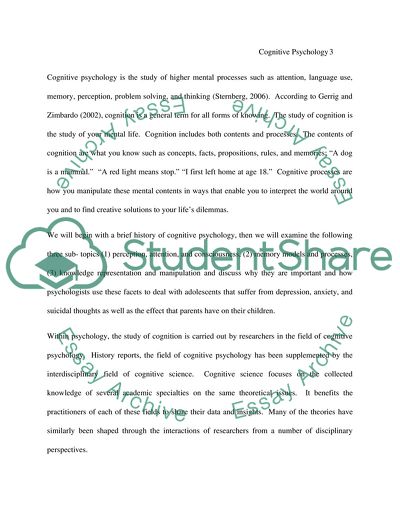Cite this document
(Evaluating Adolescents With Depression, Anxiety, and Suicidal Thoughts Case Study, n.d.)
Evaluating Adolescents With Depression, Anxiety, and Suicidal Thoughts Case Study. https://studentshare.org/psychology/1744783-evaluating-adolescents-with-depression-anxiety-and-suicidal-thoughts-using-cognitive-psychology-theories
Evaluating Adolescents With Depression, Anxiety, and Suicidal Thoughts Case Study. https://studentshare.org/psychology/1744783-evaluating-adolescents-with-depression-anxiety-and-suicidal-thoughts-using-cognitive-psychology-theories
(Evaluating Adolescents With Depression, Anxiety, and Suicidal Thoughts Case Study)
Evaluating Adolescents With Depression, Anxiety, and Suicidal Thoughts Case Study. https://studentshare.org/psychology/1744783-evaluating-adolescents-with-depression-anxiety-and-suicidal-thoughts-using-cognitive-psychology-theories.
Evaluating Adolescents With Depression, Anxiety, and Suicidal Thoughts Case Study. https://studentshare.org/psychology/1744783-evaluating-adolescents-with-depression-anxiety-and-suicidal-thoughts-using-cognitive-psychology-theories.
“Evaluating Adolescents With Depression, Anxiety, and Suicidal Thoughts Case Study”. https://studentshare.org/psychology/1744783-evaluating-adolescents-with-depression-anxiety-and-suicidal-thoughts-using-cognitive-psychology-theories.


